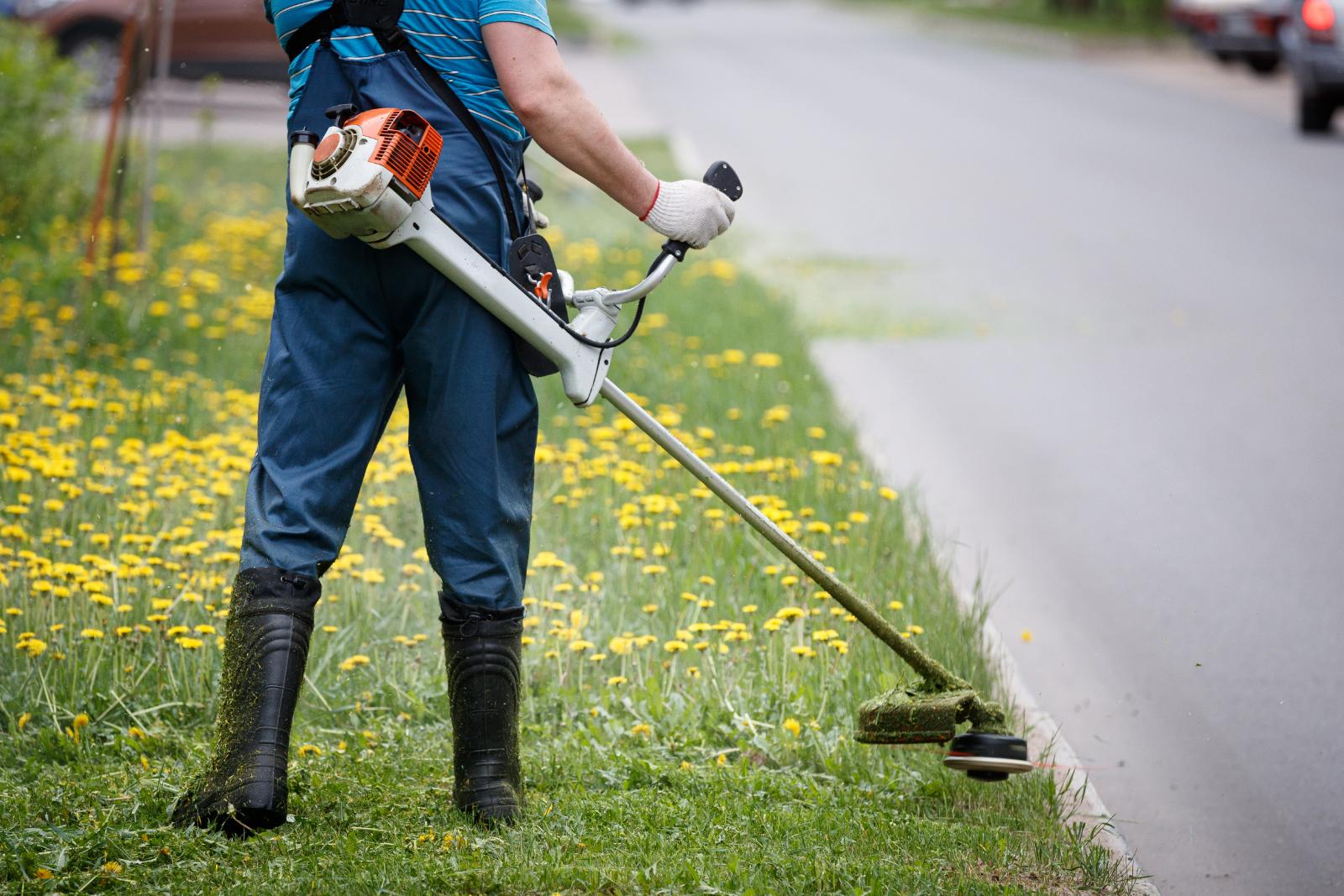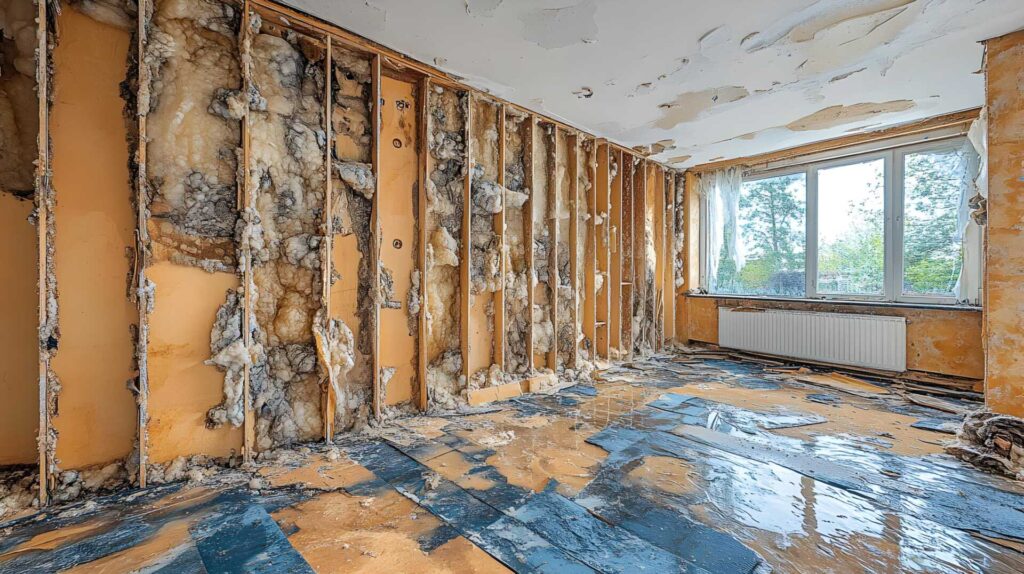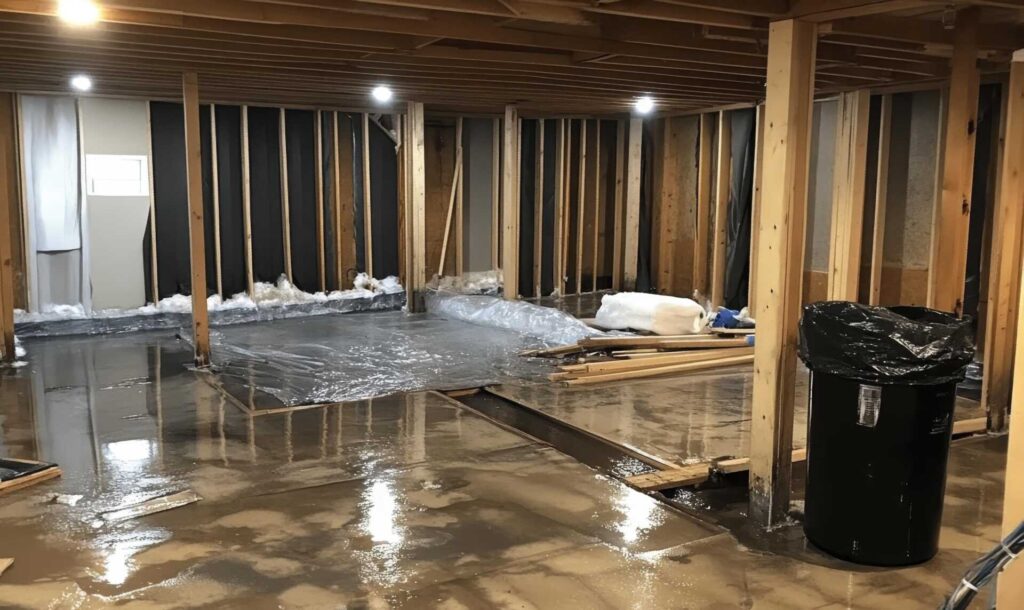Contents
When it comes to maintaining a lush and healthy lawn, one important practice that often goes overlooked is lawn aeration. Have you ever wondered how aerating your lawn can create a more vibrant and thriving outdoor space? By exploring the benefits of lawn aeration, you can uncover the secrets to achieving a greener and more resilient lawn.
Key Takeaways
- Increased oxygen flow enhances lawn health and promotes stronger grass growth.
- Soil compaction reduction improves nutrient absorption and promotes root development.
- Enhanced water infiltration allows for deep water penetration and increases root growth.
- Increased root growth fosters overall lawn health, boosts nutrient absorption, and improves drought resistance.
- Minimized thatch buildup reduces dead grass layers, enhances grass health, and improves disease resistance.
Increased Oxygen Flow
To enhance the health of your lawn, aeration increases oxygen flow to the grassroots, promoting stronger and more resilient grass growth. Oxygenation benefits derived from aeration are important for the overall well-being of your lawn. By perforating the soil with small holes, aeration allows oxygen, water, and nutrients to penetrate deep into the root system, facilitating robust growth. This process aids in alleviating soil compaction, which can impede the flow of essential elements to the grassroots, resulting in a healthier and greener lawn.
Aeration advantages extend beyond mere lawn maintenance. The improved oxygen flow enhances soil microbial activity, promoting thatch and organic matter breakdown. This breakdown releases nutrients that are essential for grass health. Additionally, aeration helps in water absorption, reducing runoff and ensuring better water utilization by the grassroots. The increased oxygen levels also stimulate root development, leading to denser turf that is better equipped to withstand environmental stressors. Overall, regular aeration is a fundamental practice for maintaining a lush and resilient lawn.
Soil Compaction Reduction
Decreasing soil compaction is essential to lawn care maintenance to ensure excellent grass growth and health. Compacted soil restricts root development, hinders water absorption, and limits nutrient uptake, ultimately leading to a lackluster lawn.
To combat this, aeration is pivotal in improving soil health and air circulation. Here’s why reducing soil compaction through aeration is key for your lawn:
Enhanced Oxygen Exchange: Aeration creates channels in the soil, allowing oxygen to reach the grassroots. This oxygen is essential for root respiration and overall plant health.
Improved Nutrient Absorption: Loosening compacted soil enables roots to access essential nutrients present in the soil more efficiently, promoting robust growth and vibrant greenery.
Prevention of Water Runoff: Compacted soil often leads to water pooling on the surface rather than infiltrating the ground. Aeration helps prevent this runoff, ensuring that water reaches the roots where it’s needed most.
Enhanced Water Infiltration
When you aerate your lawn, you enhance water infiltration by promoting improved soil structure.
This process allows the water to penetrate deeply into the soil, reaching the roots more effectively.
As a result, your grass experiences increased root growth and better absorption of essential nutrients.
Improved Soil Structure
Regular lawn aeration greatly enhances water infiltration by loosening compacted soil, allowing for better absorption and distribution of moisture throughout the root zone. This improvement in soil structure provides numerous benefits for your lawn:
Reduced Water Runoff: With enhanced water infiltration, more water is absorbed by the soil instead of running off the surface, reducing water wastage and aiding in the hydration of your grass.
Enhanced Nutrient Uptake: Improved soil structure promotes better circulation of essential nutrients, contributing to increased soil fertility and healthier grass growth.
Balanced Soil Moisture: By facilitating better water distribution, lawn aeration helps maintain a balanced moisture level in the soil, preventing waterlogging and promoting ideal conditions for root development.
Increased Root Growth
Enhancing water infiltration through lawn aeration fosters increased root growth, which is essential for your grass’s overall health and resilience. Aeration allows roots to penetrate deeper into the soil, promoting better root development and overall soil health. This improved root growth leads to a stronger, more vigorous lawn that can better withstand external stressors. Here is a table summarizing the benefits of increased root growth due to lawn aeration:
| Benefits of Increased Root Growth |
|---|
| Enhanced nutrient absorption |
| Improved drought resistance |
| Better soil structure |
| Increased grass thickness |
| Enhanced overall lawn health |
Better Nutrient Absorption
To optimize the absorption of nutrients in your lawn, improved water infiltration achieved through aeration is essential for fostering healthy root systems. When it comes to better nutrient absorption, aeration plays an important role in ensuring your lawn’s root health and overall lawn maintenance.
Enhanced Root Development: By allowing water and nutrients to penetrate deeper into the soil, aeration promotes stronger and more extensive root growth, leading to a healthier lawn.
Improved Fertilizer Efficiency: With better water infiltration, fertilizers can reach the root zone more effectively, maximizing their impact on the grass and reducing waste.
Sustainable Lawn Care: Regular aeration as part of your lawn maintenance routine helps create a sustainable environment for your grass to thrive, promoting long-term health and vitality.
Improved Root Growth
Improving root growth is a key benefit of lawn aeration, as it enhances your grass’s overall health and robustness. When the soil becomes compacted or lacks oxygen, the roots struggle to penetrate deeply, resulting in a shallow root system. The aeration process removes cores from the soil, allowing the roots to expand more freely. This expansion improves root development, with roots growing longer and thicker.
Enhanced root growth is fundamental for maintaining healthy turf. Deeper and denser roots help grass plants access essential nutrients and water more effectively, promoting overall growth and vitality. Strong root systems also enable the grass to withstand environmental stresses such as drought or foot traffic. By aerating your lawn, you’re basically providing the roots with the space they need to thrive, ensuring a lush and resilient lawn.
Minimized Thatch Buildup
When you aerate your lawn to minimize thatch buildup, you reduce the layer of dead grass roots, stems, and debris that can choke out your healthy grass.
This reduction allows for improved soil aeration, promoting better water and nutrient absorption by the roots.
Ultimately, this leads to enhanced grass health, making your lawn more vibrant and resilient.
Thatch Reduction Benefits
Minimized thatch buildup is a key benefit of lawn aeration, helping to maintain a healthy and vibrant lawn. Thatch, a layer of dead grass, roots, and debris that accumulates on the soil surface, can hinder water, air, and nutrient penetration, leading to lawn stress. Here are three ways that reduced thatch buildup through aeration benefits your lawn:
Enhanced Nutrient Absorption: Aeration promotes the breakdown of thatch, allowing essential nutrients to reach the grassroots more effectively, fostering lush growth.
Improved Disease Resistance: By minimizing thatch, aeration reduces the risk of fungal diseases that thrive in thick thatch layers, enhancing your lawn’s resilience.
Enhanced Overall Aesthetic: A thatch-free lawn appears healthier, greener, and more visually appealing, elevating your outdoor space’s charm.
Improved Soil Aeration
Consider implementing a regular aeration schedule to enhance soil aeration and minimize thatch buildup in your lawn. Soil aeration is important for maintaining soil health and promoting plant vitality.
By aerating your lawn, you create channels in the soil that allow for better air, water, and nutrient penetration to the grassroots. Improved soil aeration helps prevent compaction, which can hinder root growth and overall plant health. When roots have ample room to expand and access essential resources, they grow stronger, leading to lush, vibrant grass.
Additionally, proper aeration reduces thatch buildup, a layer of dead organic matter that can suffocate the grass if not managed. Investing in soil aeration contributes to a healthier lawn and ensures prime plant vitality.
Enhanced Grass Health
Enhance the health of your grass by effectively managing thatch buildup through regular lawn aeration. Thatch is a layer of dead grass, roots, and debris that can accumulate on the soil surface, hindering healthy turf growth. By aerating your lawn, you can minimize thatch buildup and promote a lush lawn appearance. Here’s why it’s important:
Improved Nutrient Absorption: Aeration allows essential nutrients, water, and oxygen to penetrate the soil more effectively, reaching the grassroots and promoting healthy turf growth.
Reduced Disease Risk: Thatch can create a humid environment that fosters disease. Regular aeration helps prevent thatch buildup, reducing the risk of diseases that can harm your lawn.
Enhanced Root Development: Aerating the soil encourages deep root growth, leading to a stronger and healthier lawn that exhibits a lush appearance.
Weed Suppression
Aeration of your lawn is essential in suppressing weed growth by creating a healthier environment that promotes the growth of desirable grasses. Through the process of aeration, compacted soil is loosened, allowing nutrients, water, and air to penetrate deeper into the root zone of your grass. This increased access to essential elements enables your grass to develop stronger and deeper roots, outcompeting weeds for resources. By enhancing the overall health of your lawn, aeration contributes to weed prevention by fostering dense and lush grass growth that naturally inhibits weed establishment.
Effective lawn care practices, such as regular aeration, are vital for maintaining a weed-free lawn. Aeration techniques like core aeration or spike aeration break up dense soil, reducing the likelihood of weed infestation. By incorporating aeration into your lawn care routine, you create an environment that’s conducive to the growth of healthy grass varieties, making it more challenging for weeds to take hold. Ultimately, aeration benefits not only the grass but also helps in the prevention of weed encroachment, resulting in a more vibrant and flourishing lawn.
Enhanced Fertilizer Utilization
Loosened soil from aeration facilitates the enhanced utilization of fertilizers by your grass, optimizing nutrient absorption and promoting healthier growth. Here’s how aeration enhances fertilizer utilization:
Increased Nutrient Uptake: When soil is compacted, nutrients struggle to penetrate the root zone. Aeration breaks up compacted soil, allowing fertilizers to reach the grassroots where they’re needed the most. This leads to improved nutrient uptake by your grass, ensuring it receives the essential elements for vibrant growth.
Optimized Soil Health: Aeration promotes soil health by enhancing its structure and reducing compaction. Healthy soil teeming with beneficial microorganisms is better equipped to break down fertilizers into forms that are easily absorbed by the grass. This synergy between aerated soil and fertilizers creates a fertile environment that fosters robust growth.
Sustainable Growth: By improving fertilizer utilization through aeration, you not only enhance the immediate health of your lawn but also promote long-term sustainability. Efficient nutrient absorption leads to healthier grass that’s more resilient to stressors like drought or disease, ensuring your lawn thrives for years to come.
Recap
Lawn aeration is like giving your lawn a revitalizing boost. Just like how we need oxygen to thrive, grass also benefits from increased oxygen flow through aeration.
This process reduces soil compaction, improves water infiltration, stimulates root growth, minimizes thatch buildup, suppresses weeds, and enhances fertilizer utilization.
Aerating your lawn will set the stage for strong, healthy grass growth and a vibrant outdoor space.




